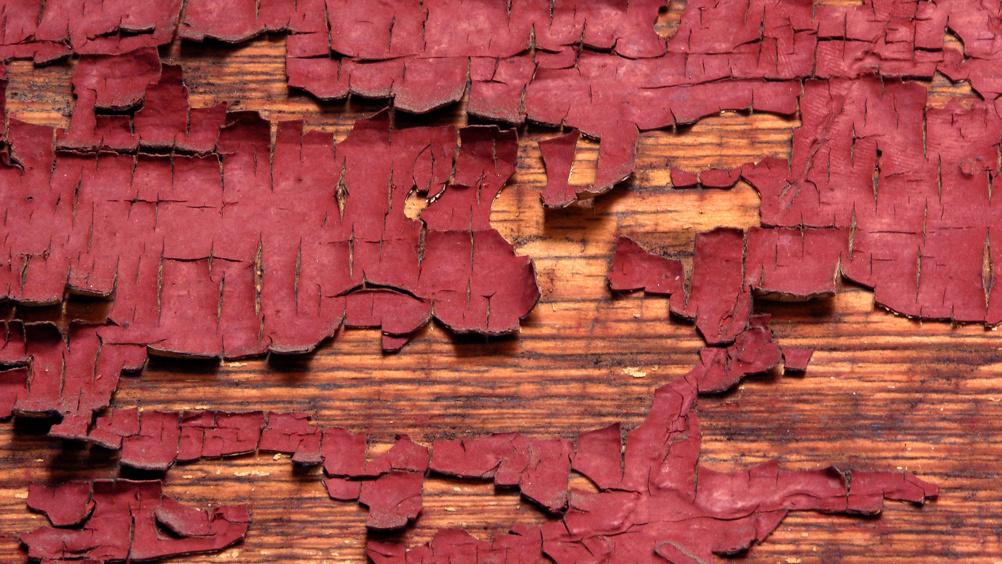References
The challenges of abdominal wall defects: algorithmic integration of a placenta-derived allograft

Tackling the task of reconstructing a large abdominal wall defect, also known as an ‘open abdomen’, is a growing challenge for health professionals. This is partly due to new advances in damage control surgery,1 and partly to the growing list of contributing aetiologies, including but not limited to trauma, tumours, haemorrhage, congenital defects and infection.2,3,4,5 A common aetiology is a decompressive laparotomy, typically performed for abdominal compartment syndrome (ACS). This results in a situation where a large abdominal wall defect is essential to the survival of the patient and early primary closure is contraindicated. The prevalence of ACS in the intensive care unit (ICU) ranges from 2–6%, with reported mortality rates of 68–87.5% correlated with severity.6 A retrospective analysis of length of stay for ACS in the ICU was 23±16 days. Approximately 1-in-3 patients in this evaluation had fascial closure during the primary stay. The majority returned for a planned ventral hernia repair at a later date.7
Register now to continue reading
Thank you for visiting Journal of Wound Care's Silk Road Supplement and reading some of our peer-reviewed resources for healthcare professionals across Asia. To read more, please register today.
